It’s easy to get jaded with phone launches these days. Every new model promises to be the fastest, smartest, brightest thing on the planet—but most of the time, you’re just paying more for features you’ll never use. That’s why the POCO F7 Pro feels refreshing. It doesn’t pretend to be anything it’s not. Instead, it focuses on giving you all the core essentials—done really well—at a price that makes sense.
This isn’t a phone that chases prestige. It’s one that works hard, stays fast, and doesn’t burn through your wallet.
Real-World Performance That Holds Up
The Snapdragon 8 Gen 3 chip inside the POCO F7 Pro is no joke. In synthetic benchmarks like Antutu, the scores are undeniably high, but the real win here is how it handles actual day-to-day use.
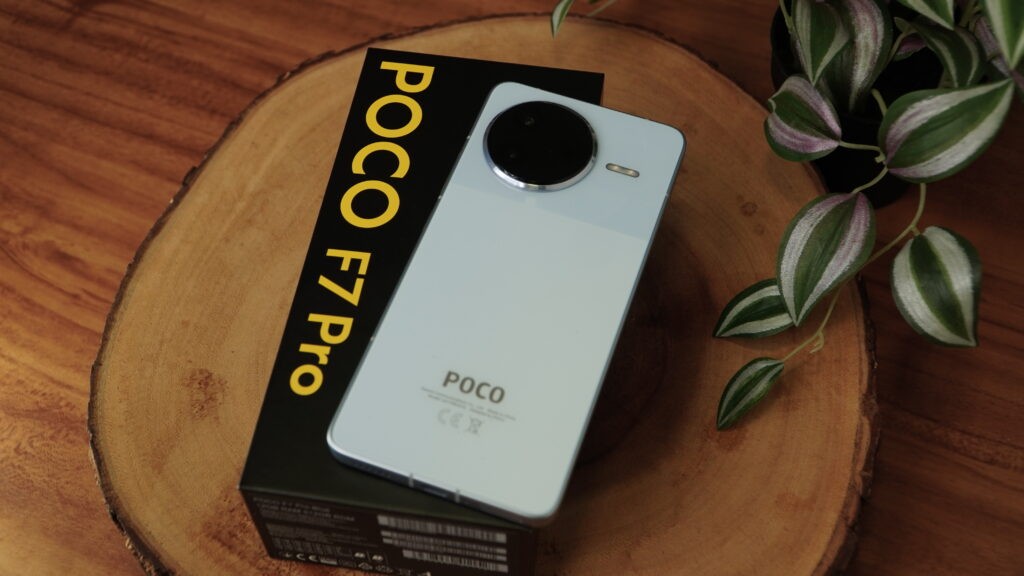
Whether I was bouncing between social media, emails, Zoom calls, or playing a quick game, the phone held its ground. Apps opened quickly, and multitasking didn’t show any sluggishness, even with 15+ apps running. The 12GB RAM certainly helps.
That said, you do start to feel some heat after a longer gaming session. POCO’s LiquidCool 4.0 system does a decent job delaying it, but it’s not magic. In hour-long sessions, especially with performance-heavy games like COD Mobile or Diablo Immortal, the phone warms up—not enough to throttle badly, but enough to notice. That’s just physics, and frankly, it’s not a dealbreaker.
A Battery That Actually Delivers
6000mAh on paper sounds great—and in practice, it is. I was consistently getting a full day and a half of moderate use, and even on heavy days filled with navigation, hotspot use, and gaming, I never saw it die before bedtime.
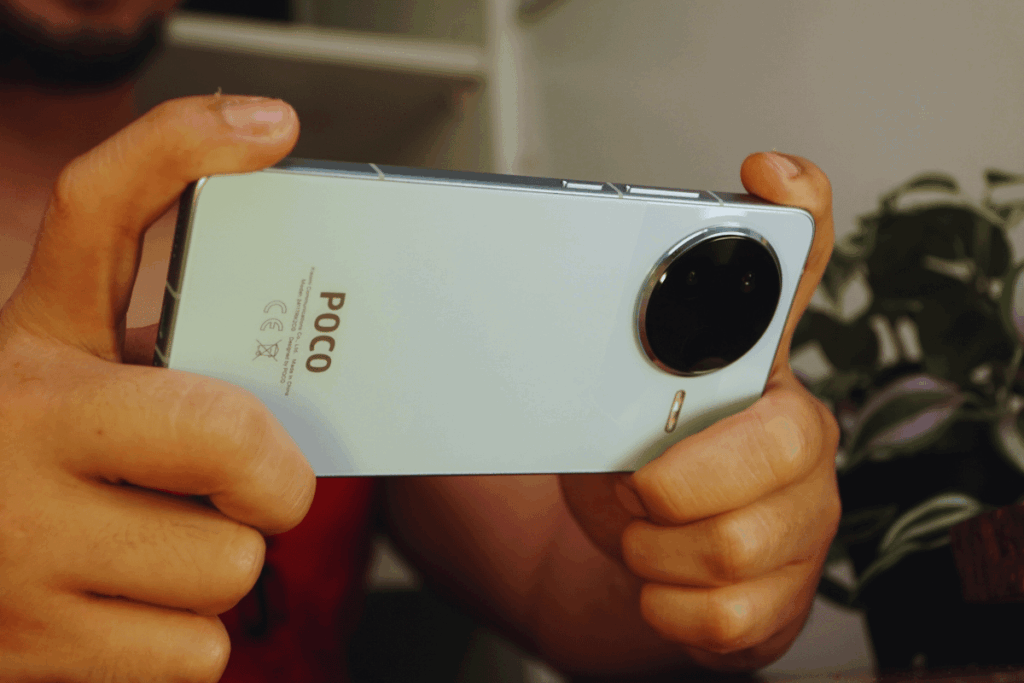
90W HyperCharge is also fast, but you do need POCO’s charger for the full speed. With it, you’re at 100% in under 40 minutes, which is excellent. Without it, expect longer top-ups. Still, battery anxiety just isn’t a thing on this phone, and that alone makes it a winner for people who don’t like bringing a power bank everywhere.
A Display That’s Made to Be Used (Not Just Admired)
The 6.67-inch 2K AMOLED panel looks fantastic—rich contrast, deep blacks, and a level of brightness that actually cuts through the Philippine sun. The 3200 nits peak brightness sounds like overkill, and realistically, you’ll only hit those numbers in HDR playback or direct sunlight—but it’s nice to know the headroom is there.
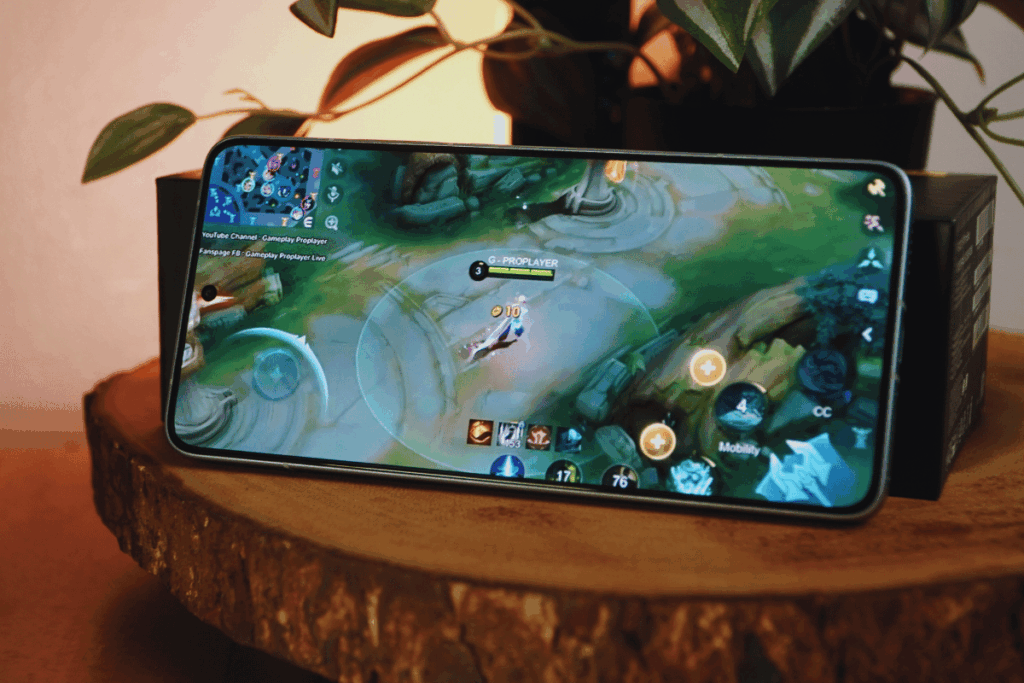
The 120Hz refresh rate keeps things smooth, and the 3840Hz PWM dimming helps with eye comfort during long reads. POCO also added thoughtful features like AI touch correction for wet hands or gloves, which, while gimmicky on paper, actually came in handy when I was using the phone in the kitchen.
This is a display that’s great for Netflix, quick TikTok edits, and reading long documents. It’s not as mind-blowing as the panels on more expensive flagships, but for the price? No complaints.
Cameras That Work Best With Good Lighting
The 50MP main camera backed by the Light Fusion 800 sensor is capable, when you give it the right conditions. Daytime shots are crisp, with surprisingly good dynamic range. The AI enhancements aren’t too aggressive, and color rendering looks natural, which I appreciated.
The 8MP ultra-wide does its job, though it’s noticeably softer at the edges and struggles a bit in low light. The 20MP front cam is solid for video calls and selfies, though portrait separation can be hit or miss.
One thing I liked was the UltraSnap burst mode, which captures a ridiculous number of frames and picks the best ones. It’s a niche feature, but one that can save time when shooting moving subjects.
This isn’t a camera system that competes with the very best, but it does what most users need: reliable daytime shots, decent night performance with some patience, and great social media-ready output straight out of the camera.
A Design That’s Clean and Durable
You can tell POCO is growing up when it comes to hardware. The F7 Pro’s finish—glass back, matte/gloss contrast, subtle curves—feels premium without trying too hard. It’s got that solid-handfeel you usually only get with more expensive phones.
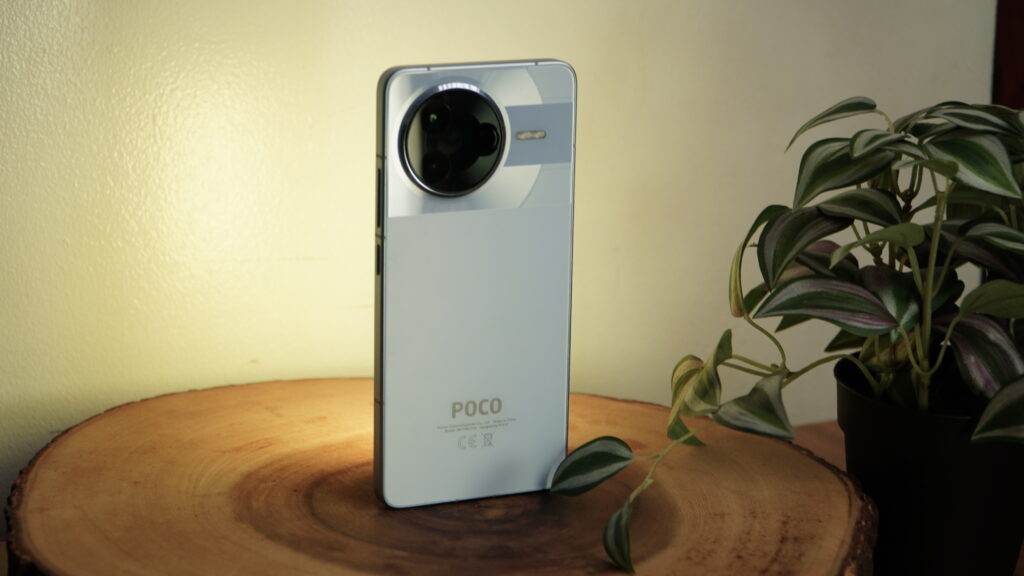
The POCO F7 Pro is also IP68-rated, meaning it can survive a splash or even a short dunk in water. Add to that Gorilla Glass Victus for the screen, and you’ve got a phone that’s built to last through life’s inevitable oops moments.
A bonus: the ultrasonic fingerprint sensor is fast and accurate. Not a huge deal until you use it daily and realize how many phones still mess this up.
The Verdict: A Phone That Gets the Job Done (and Then Some)
The POCO F7 Pro isn’t about flash—it’s about function. It focuses on the stuff that actually improves your mobile experience: performance, display, battery life, and day-to-day reliability. There are areas where it doesn’t blow past expectations—like low-light photography or ultra-competitive thermals—but that’s not what this phone is trying to be.
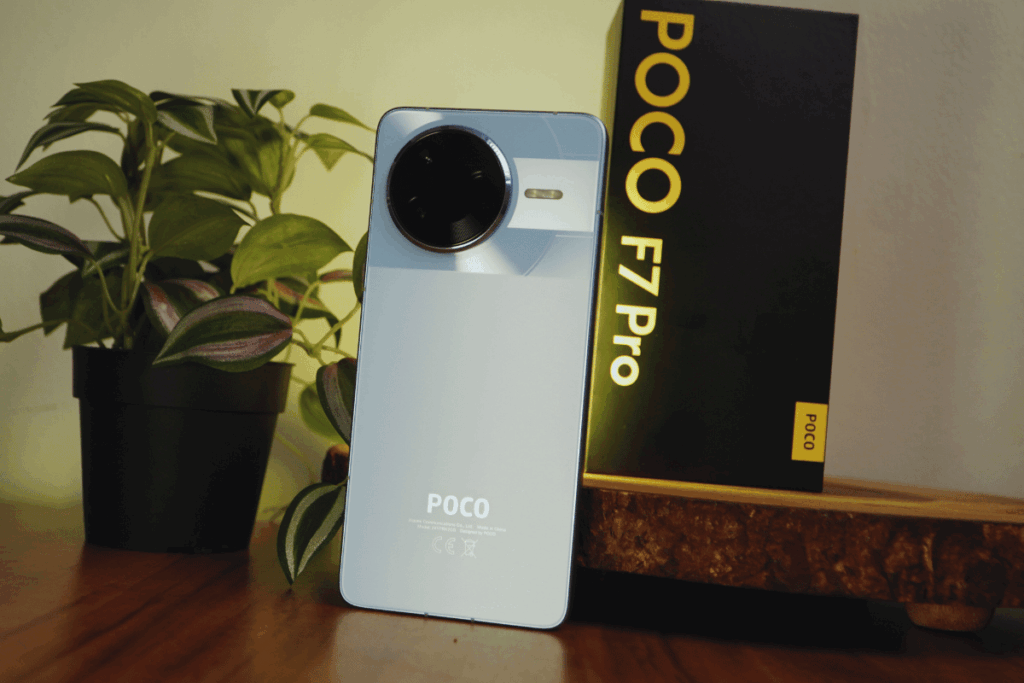
For most people, this is more than enough phone. And in a market where budget devices either cut too many corners or push gimmicks you’ll never use, the POCO F7 Pro hits that perfect middle ground.
If you’ve been looking for a phone that just works, and works well, without the unnecessary frills, this one might just be your sweet spot.
Check out other cool stuff from Poco!
Read More:
POCO F7 Pro: Flagship Power Without the Flagship Price – VRSUS
POCO M7 Pro 5G: Flagship Features Without the Flagship Price – VRSUS





